There is growing interest in the growing organic vegetables at home, but not everyone has a large outdoor space to practice it. Fortunately, there are many creative ideas and practical solutions for grow vegetables even in limited spacesas balconies, terraces and small gardens. In this article, we will explore some of the coolest and most innovative ideas for create an organic garden even if you have little space available. We will discover how to make the most of vertical spaces, how to use containers and boxes for cultivation, and how to combine different techniques to maximize the yield of your garden.
With these ideas, even those with limited space will be able to enjoy the advantages of organic farming and enjoy their own fresh and healthy products directly at home.
How to create a vegetable garden on a small terrace?
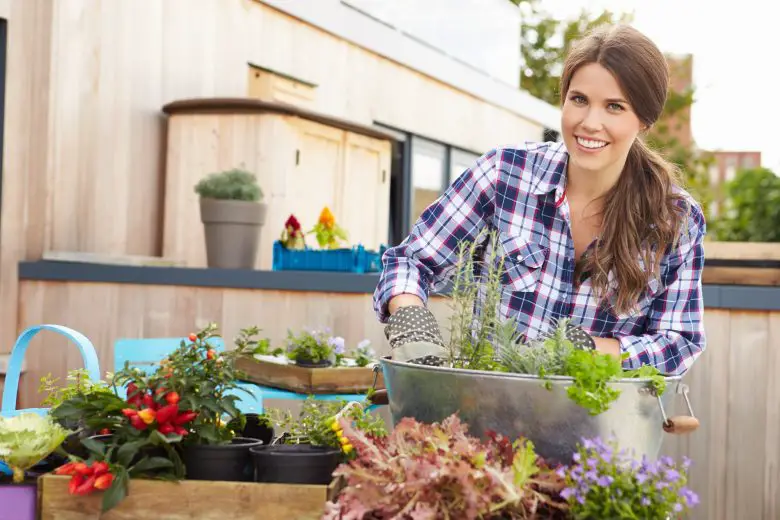
Creating a vegetable garden on the terrace may seem complicated, but it’s actually an excellent solution for those with limited outdoor space. First of all, it is important to evaluate the resistance of the terrace floor and verify that it is able to support the weight of the soil, plants and irrigation.
Once the solidity of the structure has been verified, the vegetable garden can be created. To begin with, it is necessary to choose the containers: pots, boxes or special containers for the terrace garden, able to guarantee drainage and the right amount of earth for the plants. It is important to choose containers that are the right size for the plants you intend to grow.
The choice of plants depends on personal preferences and the season. In general, it is advisable to grow aromatic plants, such as basil, thyme and rosemary, which do not require large spaces and are easy to grow. In addition, salads, tomatoes, peppers, courgettes, aubergines and runner beans can also be grown. For plants that require more space, vertical supports can be used.
For the right irrigation, it is possible to use an automatic irrigation system, or a simple watering can. It is important not to overdo it with water, as humidity can accumulate and stagnate on the terrace, creating problems for the roots of the plants.
For plant care it is important to fertilize regularly, using organic products. Furthermore, it is advisable to remove the dried leaves and flowers and regularly check for pests and diseases.
How to create a vegetable garden on your home balcony?
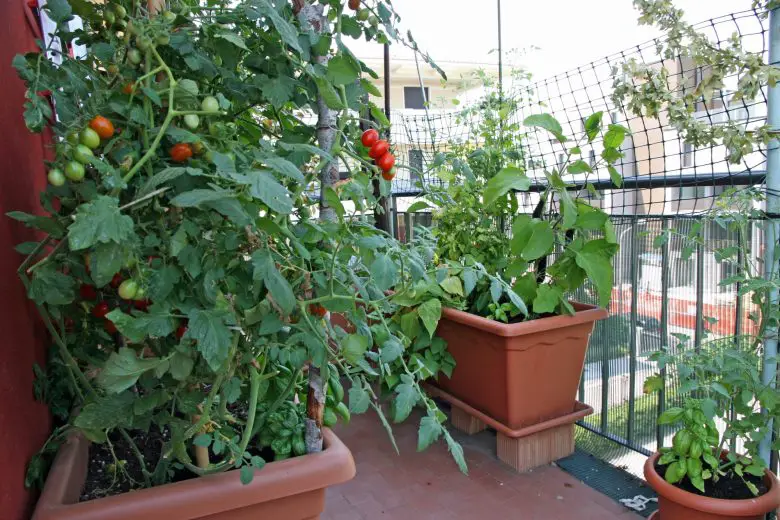
Growing a vegetable garden on the balcony can be an ideal solution for those with limited space available. There are several creative ideas for creating an organic garden on the balcony, such as using vertical plant containers. There are also various DIY solutions, such as using fruit crates or wooden pallets to create a kind of shelf for plants.
Furthermore, aromatic plants and herbs can be grown easily in small pots and can be used to flavor your dishes. For vegetables, large containers can be used, such as large vases or wooden crates. It is important to choose plants that are suitable for the conditions on the balcony, such as the amount of sunlight, wind and temperature.
In general, the balcony is an excellent solution for growing organic plants and vegetables even in the city. The important thing is to organize yourself to make the most of the available space and choose the right plants for the environmental conditions of your balcony.
How to create a vegetable garden by structuring vertical spaces?
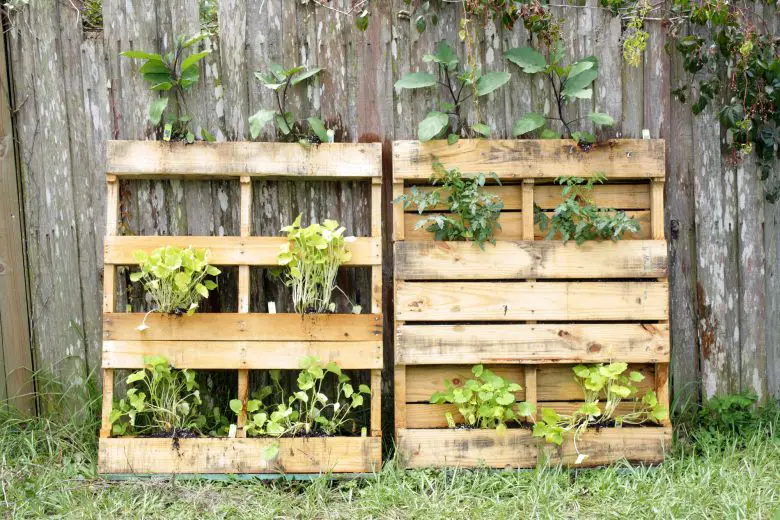
Vertical cultivation is an ideal solution for those who have little space available and want to create an organic garden. There are different techniques and systems for growing vertically, let’s see the main ones:
- Vegetal wall: it consists in creating a wall of plants using special vertical structures such as gratings or nets. You can grow climbing plants such as tomatoes or courgettes, or aromatic herbs and flowers.
- Wall-mounted pallets: it is a vertical cultivation system that involves the use of pallets fixed to the wall. Pots or fabric bags are fixed on these pallets for planting the plants. It is possible to grow a large variety of vegetables and herbs.
- Plant tower: this system involves the use of special vertical structures, such as a multi-shelf tower, where the pots or fabric bags for the plants are positioned. Different types of plants can be grown, from lettuce to aromatic herbs, to cherry tomatoes.
- Hanging garden: it is a cultivation system which involves the use of pots hung from ropes or beams. You can grow plants of different sizes, from aromatic herbs to courgettes.
- Pallet Columns: This is a growing system that involves using stacked pallets to create a column. Pots or fabric bags for plants are fixed on each pallet. It is a very practical system that allows you to grow a large number of plants even in very small spaces.
In any case, for vertical cultivation it is important to choose plants that are suitable for this type of cultivation, i.e. that have vertical growth and that are not too heavy for the structure on which they are grown. Furthermore, it is important to choose a quality substrate and follow the indications for the correct irrigation and nutrition of the plants.
How to create your own vegetable garden thanks to urban agriculture
L’urban agriculture has become increasingly popular in recent years due to growing awareness of where our food comes from and the environmental impact of large-scale food production. It consists in the cultivation of plants and vegetables in the city, often in limited spaces such as balconies, terraces and urban gardens.
Urban farming has several benefits. First, it allows people to produce their own food, reducing reliance on supermarkets and ensuring access to fresh, healthy produce. Furthermore, it has a positive impact on the environment by reducing the need to transport food from rural areas, and by contributing to the creation of green areas in cities.
If you’re thinking about starting an urban garden, there are several things you need to consider. First, it’s important to choose the right plants for the conditions in your grow space. For example, if you have a sunny balcony, you might opt for tomatoes, peppers and eggplants. Conversely, if your grow space is in the shade, you could grow herbs, salads, and leafy greens.
Also, it’s important to choose the right type of container for your plants. If you have limited space, you could opt for upright containers or hang your plants from walls or railings. Alternatively, you could use wooden crates or clay pots on the floor or countertops.
Finally, make sure you use organic growing techniques to ensure the health of your plants and the safety of your produce. This could include the use of natural manures, crop rotation and biological control of pest infestations.
How to create an organic garden inside your home
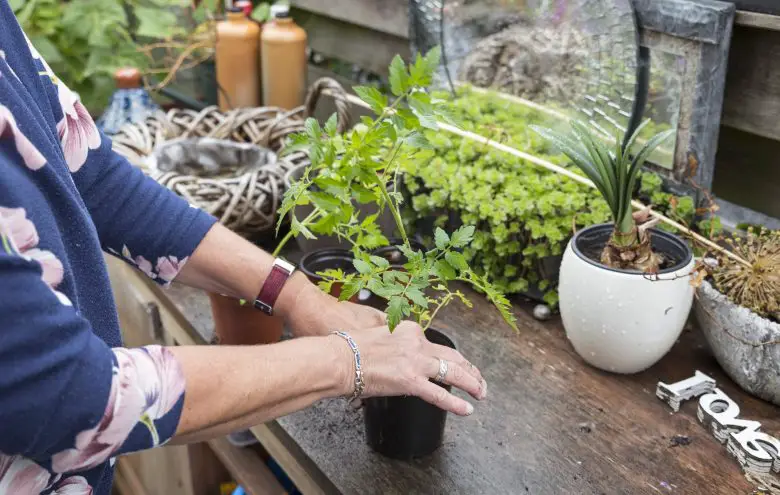
Growing an organic vegetable garden at home is an ideal solution for those who don’t have outdoor spaces or live in urban environments where the presence of a garden is limited. Furthermore, this option is also perfect for those who want to have a vegetable garden at hand all year round, without having to worry about the external weather conditions.
To create an organic garden in your apartment, you need to identify the most suitable area of the house for growing plants, which must be bright and well ventilated. Typically, windows facing south or west are the ones that receive the most sunlight, so they’re best suited for growing a vegetable garden at home. Alternatively, an artificial lighting system can be used, such as LED lampswhich are able to recreate the sunlight necessary for the growth of plants, but if the house does not have good exposure to sunlight, we feel we advise against starting an indoor cultivation.
Once the suitable area has been identified, you can proceed with the choice of plants to grow. In general, you can grow a wide variety of plants indoors, including herbs, leafy greens, tomatoes, peppers, eggplants, strawberries, and many more. However, it is important to choose the plants that best adapt to the light and temperature conditions of the environment in which they are located.
To grow plants, special pots or containers can be used, preferably in natural materials such as terracotta or ceramic, which allow for better air circulation and water drainage. In addition, organic substrates and fertilizers can be used to ensure healthy and natural growth of plants.
Finally, it is important to pay attention to the care of plants, which require adequate irrigation, pruning and protection from disease and insects. With a little effort and care, it is possible to obtain a lush and healthy organic garden even inside your own home.

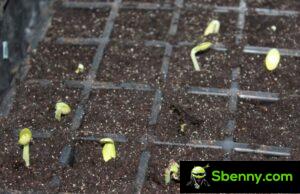
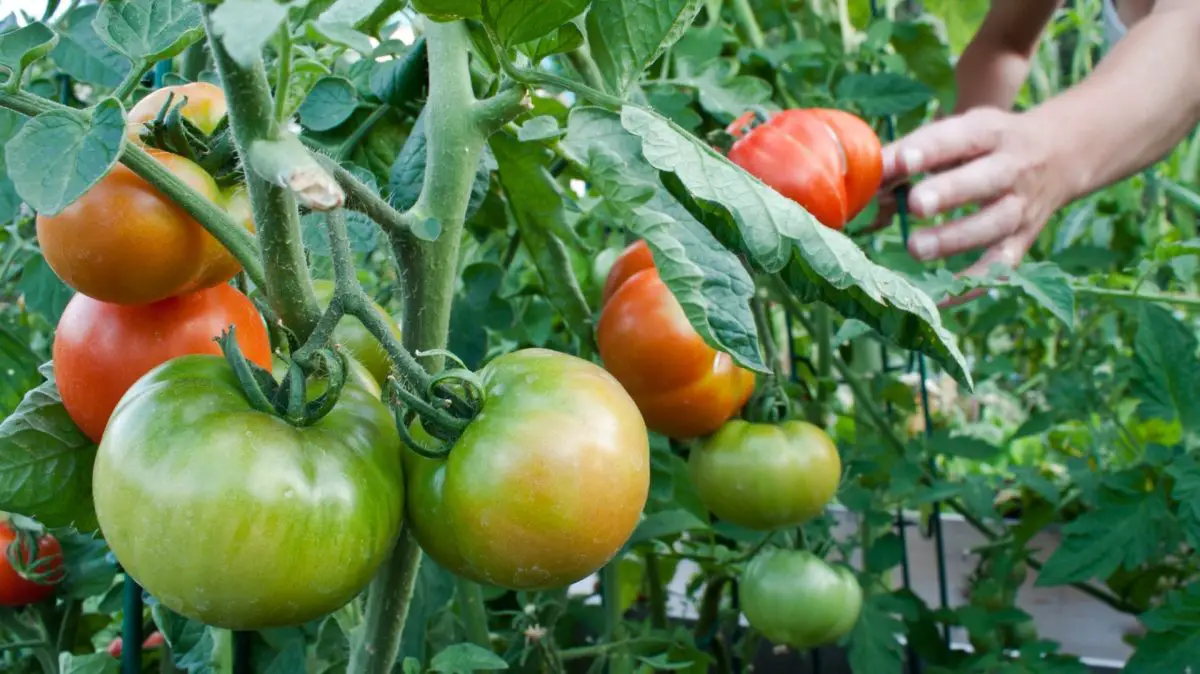
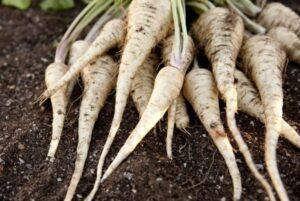
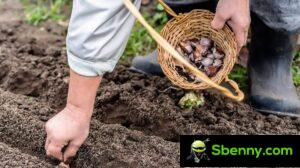
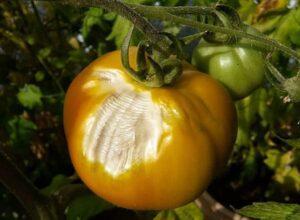

Start a new Thread